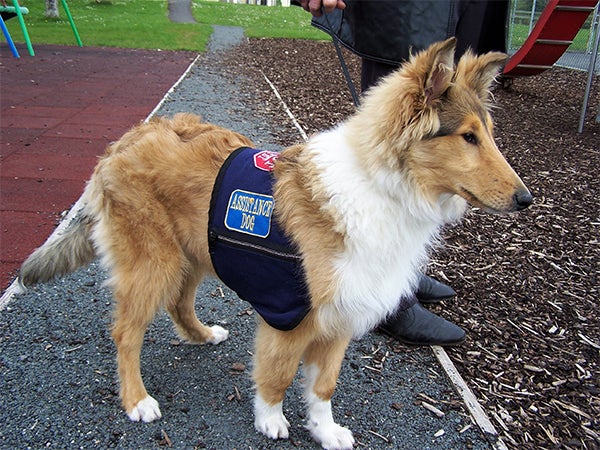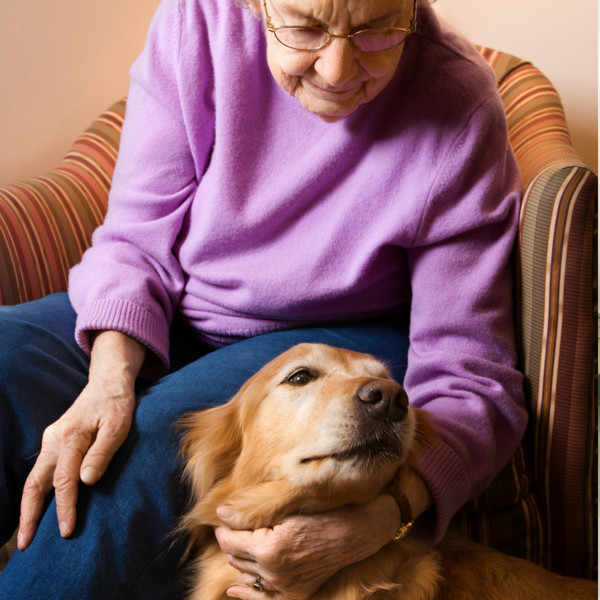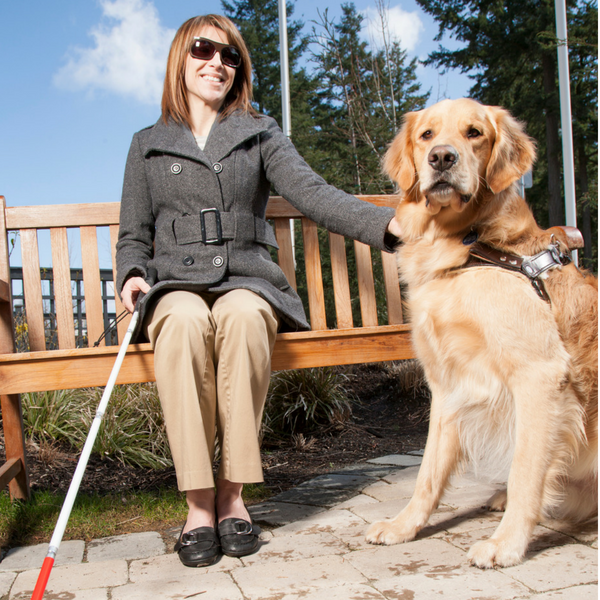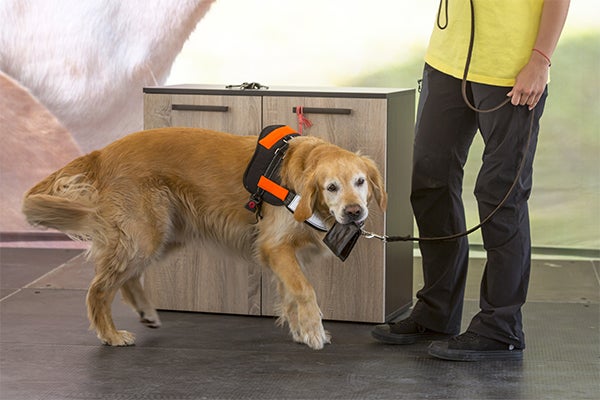August 10, 2018
6 Things Everyone Needs to Know about Assistance Dogs
When a service dog ran up to a woman on a busy street, she tried to shoo the dog away. Meanwhile, the dog’s owner was seemingly in distress. Thankfully, the dog owner wasn’t having a seizure or another life-threatening medical emergency; had he been, he may have died. August 5-11 is International Assistance Dog Week and is a perfect time to learn what assistance dogs do and what you should do when you encounter them.

1. What Do Assistance or Service Dogs Do?
Service dogs are highly-trained canines taught to perform specific tasks for their owners to help their owners safely function on a daily basis. Their ability to perform their tasks can often mean the difference between life or death for their owners. Specifically, service dogs will:
- Answer the door for their owner using a lever
- Retrieve things for their owner
- Bark to communicate with their owner or others
- Assist their owner with mobility
- Carries supplies for his owner in his backpack
- Brings the phone to the owner to call for emergency help
- Can bark at a speaker phone to signal there’s an emergency
- Finds help when his owner is in distress
- Calms his owner during a psychiatric episode
- Alerts his owner if there is a fire or other disaster
- Assists owners with psychiatric disorders by spotting unwelcome stimuli
- Helping owners with psychiatric disorders keep from self-harming
Thus, when one sees a service dog with or without his owner, there are important behaviors and responses to observe as service dogs are more than just pets.

2. Don’t Touch Service Dogs without Asking Permission
It’s natural to want to pet a friendly dog; however, service dogs are almost always “on duty” with their owners. Passersby who stop to pet the dog without asking permission from the owner could put the owner at risk as they are distracting the dog from his duties.
3. Speak to the Owner, Not the Dog

Once again, it goes against many dog-lovers’ nature to not speak to the dog. For the same reason that you shouldn’t pet a service dog without permission, you should also not speak to the dog—it could distract them.
3. Don’t Try to Feed the Service Dog
Food is also a distraction for dogs that are out with their owners. Even if you happen to have a pet snack or some kind of food that is approved to give to a stranger’s dog, resist the temptation to do so. Service dogs are well-treated. They are well-fed and get plenty of play time, which helps to keep them healthy and well-rounded.
4. Keep Your Dog Away from the Service Dog
There are no guarantees for how two unfamiliar dogs will react to one another, so it is best to keep the service dog focused and to avoid any kind of conflict between animals by keeping your dog away from the service dog. You can always ask permission for your dog to greet the other dog, but it is important to respect the owner’s wishes if they say ‘no’.
5. Do Not Act Offended if You See a Service Dog in Stores, Restaurants, Etc. 
There are many reports of people who act offended when they see service dogs in settings where animals are not usually allowed; however, the dog is there to assist his owner and knows not to do anything that will disrupt that environment. The best thing you can do when you see a service dog and his owner is to leave them be just as you would any other person.
6. Follow a Service Dog without His Owner
The exception to leaving service dogs be is if you see a service dog without his owner. If you do or if an owner-less service dog approaches you, assume there has been an emergency and follow the dog. The dog is well-trained and will lead you to the crisis. Responding with a sense of urgency could save someone’s life.
Dogs are incredible companions and deserve nothing but the best, which is why we at Wellness Pet Food are committed to creating natural, nurturing foods, snacks, and treats that support lifelong pet health and happiness.





